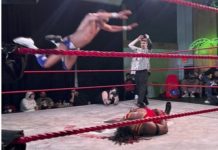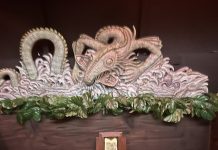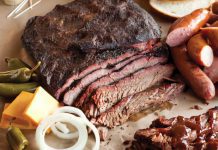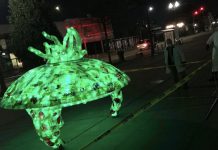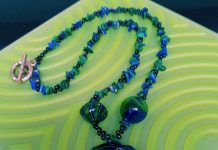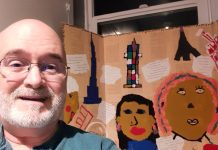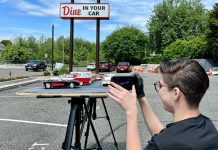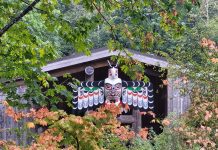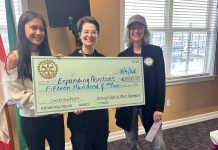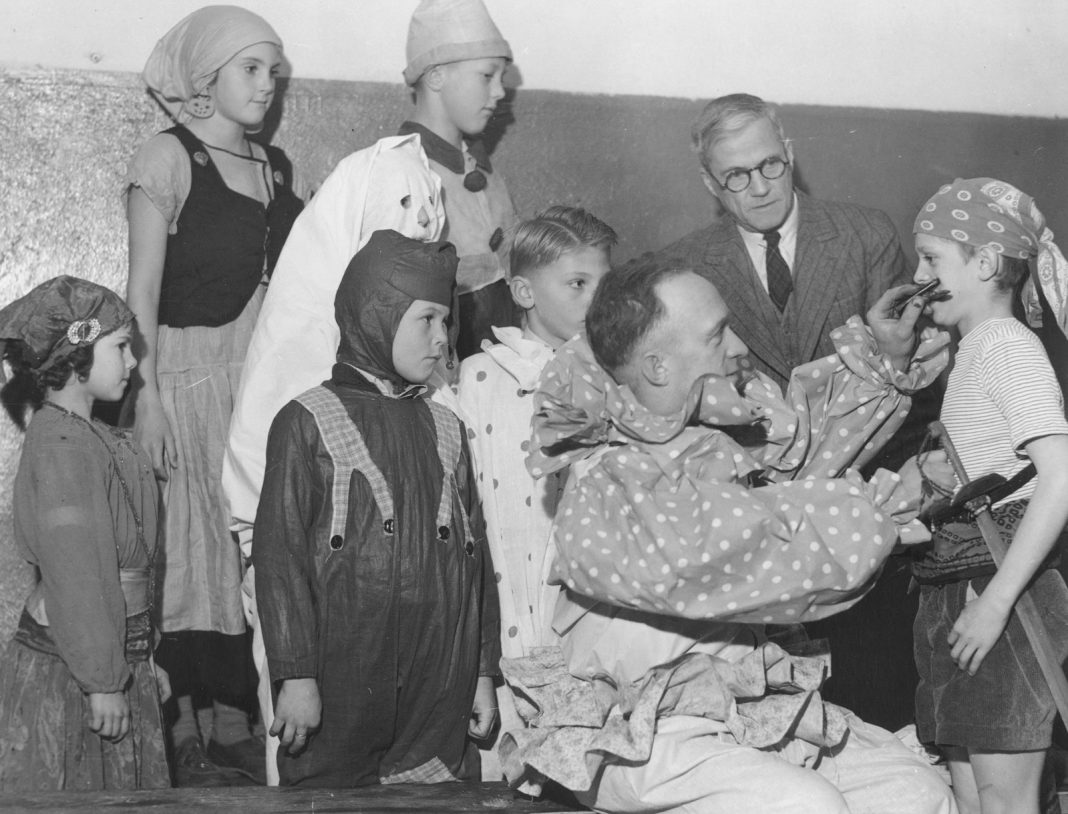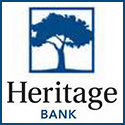By the early twentieth century, Halloween had become a popular American holiday. Usually spelled Hallowe’en at the time, the day began to take its modern shape during the 1930s. In Tacoma, Halloween offered much-needed fun during the dark days of the Great Depression.
Tacoma’s Halloween Tricks And Treats
“We want the boys and girls to have a good Saturday night,” Tacoma police chief M.D. Guy told reporters in 1931, “But we will not tolerate the malicious destruction of property or any stunts that may endanger the lives or safety of Tacomans.”
Most pranks were fairly harmless. Popular ones included knocking over wood piles and hen coops, pulling down outdoor clotheslines, dumping garbage, stealing gates, changing signs and soaping over windows of businesses, homes and cars. People prepared by taking in gates and clotheslines. While the police put extra men on patrol, the city was relieved in years like 1934, when rain put a damper on the damage.

Vandalism could sometimes get expensive to clean up. Even worse, an abandoned building at 12th and Pearl burned down in 1930. The “Old France” house was widely considered by children to be haunted. There was no water for firefighters to battle the blaze. In 1932, the city had the opposite problem when troublemakers flooded the streets by opening fire hydrants. That same year, the city also had to spend hundreds to replace 50 street lights vandals had smashed.
To divert children from creating chaos, “trick or treating” became increasingly popular. A “treat” was intended to keep children from playing “tricks” or pranks on the adults giving them out. Besides candy, it was popular to hand out doughnuts, cookies and fruit. Bakeries even sold cookies decorated with Halloween colors and symbols.

Halloween Parties in Tacoma
Parties were popular for those who wanted a quieter holiday, children and adults alike. “No gala day,” wrote Josephine Gibson in a News Tribune article titled “Hobgoblin’s Holiday” in 1935, “is so adaptable to childish ways with all its witchery and magic, its costumes and its pranks.”
Besides being fun, parties and events also helped divert the young from causing mischief. Churches, clubs and theaters organized events. For example, the Young People’s Society of Tacoma’s Central Lutheran Church had a “pie frolic” for members and friends in 1932. Schools also held events organized by parents and teachers. Teenagers held dances like the “hob-goblin hop” that opened Stadium High School’s series of “Sweater Dances” in 1939.
Businesses sponsored events for children. Rhodes Brothers department store held a costume “theater party” for children in 1935 with a prize for best costume. There were performances by local children. These included the play “The Haunted House” and musical “follies numbers” like “The Dance of the Leaves” and “Hallowe’en Ghosts.”
Movie theaters also hosted parties for children. In 1930, the RKO theater had a pie-eating contest and costumes. In 1938, the Roxy Theater invited “The Great Lester” to perform magic tricks, including sawing a woman in half and balancing on a wire. His act accompanied the film, “It Could Happen to You,” a drama about two brothers.
Adults enjoyed Halloween parties, too. Clubs put on events and dances. For example, Tacoma Scandinavian lodges and societies gathered for a carnival and dance at Valhalla Hall in 1937. Nightclubs and venues had dances as well. In 1932, The Oakes held a dance. The Harry Turner Band provided live music. It was a lively evening with noisemakers, serpentines, and confetti passed out to the crowd, and $50 worth of prizes were available.
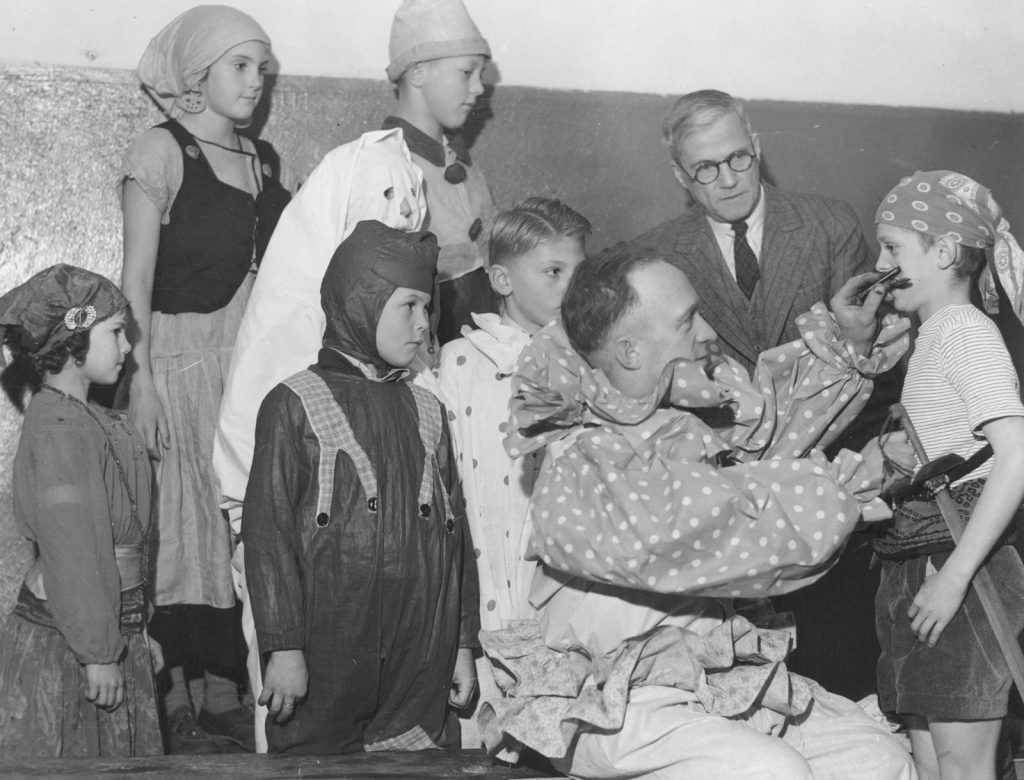
Halloween on Proctor Street
During the 1930s, the biggest Halloween event in Tacoma was the annual neighborhood costume parade and celebration on Proctor Street. Sponsored by the Proctor Street Business Men’s Association and North End Community Club, the event brought together people from throughout Tacoma’s North End for the celebration.
The mayor sometimes led the parade of costumed adults and children, some of them riding decorated bikes or in cars. There were prizes for costumes by category and age, including best clown and best married couple. In 1935, 100 prizes were given away, including tanks of gasoline and loads of wood. Veteran bands performed.
The parade ended at the Mason Intermediate School, now Mason Middle School, where the Mason PTA sponsored a carnival. Students from Point Defiance, Sherman, and Jefferson elementary schools and Mason competed against each other for best attendance and the number of contests won, including pie and soda cracker eating, nail driving and field games. Merrymakers also enjoyed a large bonfire and hot dogs.
Students provided music and entertainment for partygoers. In 1930 Mason students even built a “haunted house” on the playfield where students dressed as ghosts and monsters spooked guests. A year later, Jefferson students performed a short comedy play, “The Magic Piano,” and the Proctor Street Business Men’s Association and the Mason PTA gave a short dialogue skit, “King Tut’s Coffin.”
Fancies and Frights, Then and Now
In the 1930s, Halloween was seen as a way to have fun in both good and hard times. People today would agree. Halloween remains a popular holiday. From trick-or-treating to parties or however you may choose to celebrate, here’s wishing you a Happy Halloween, Tacoma!













